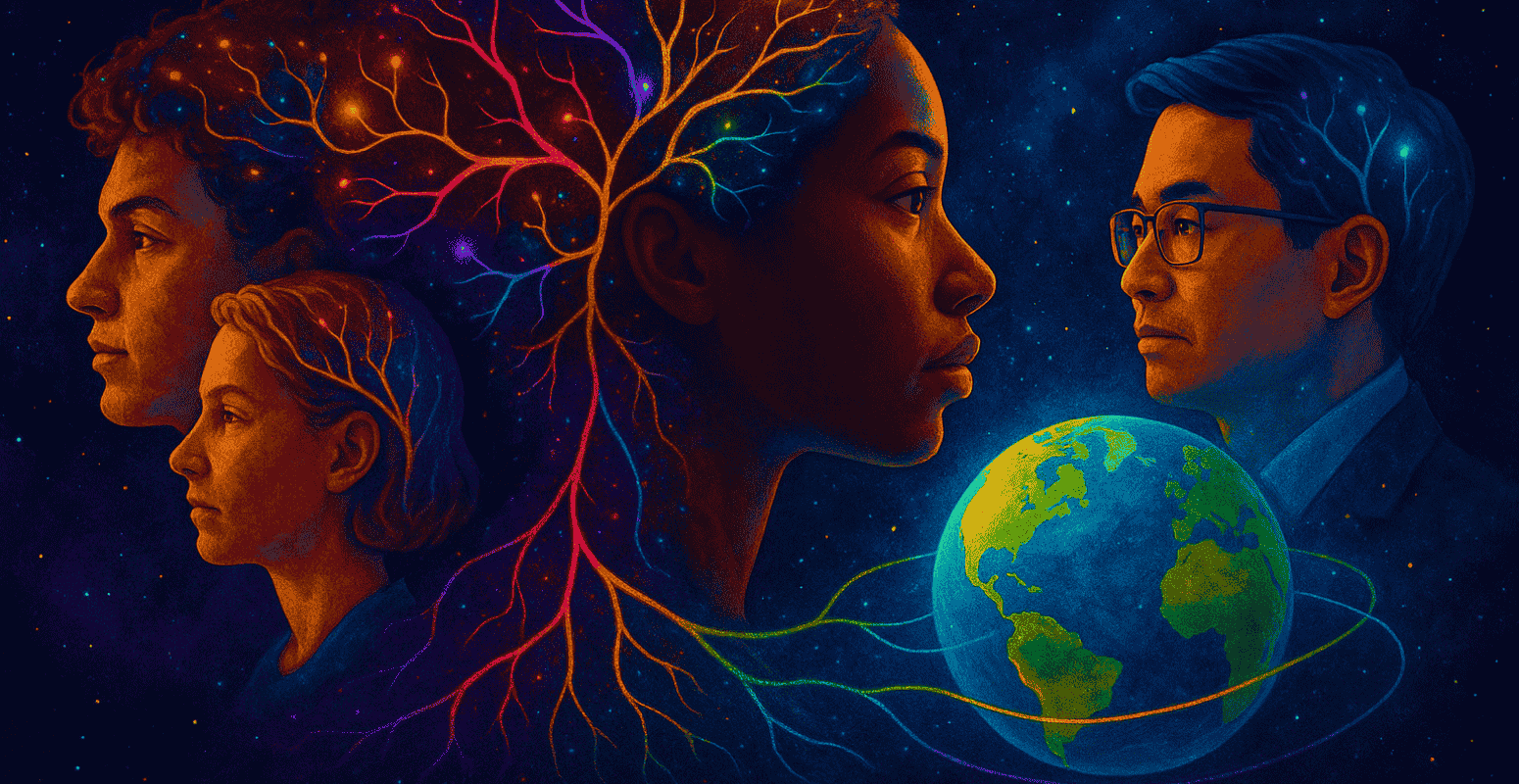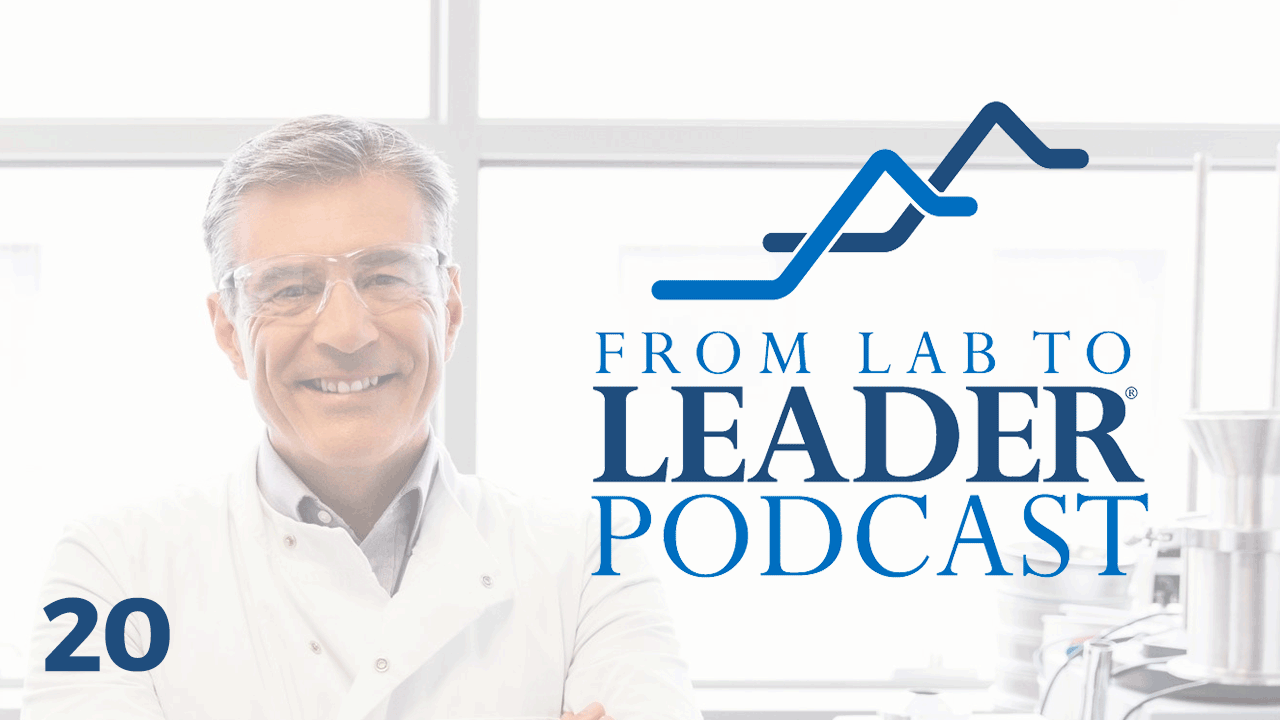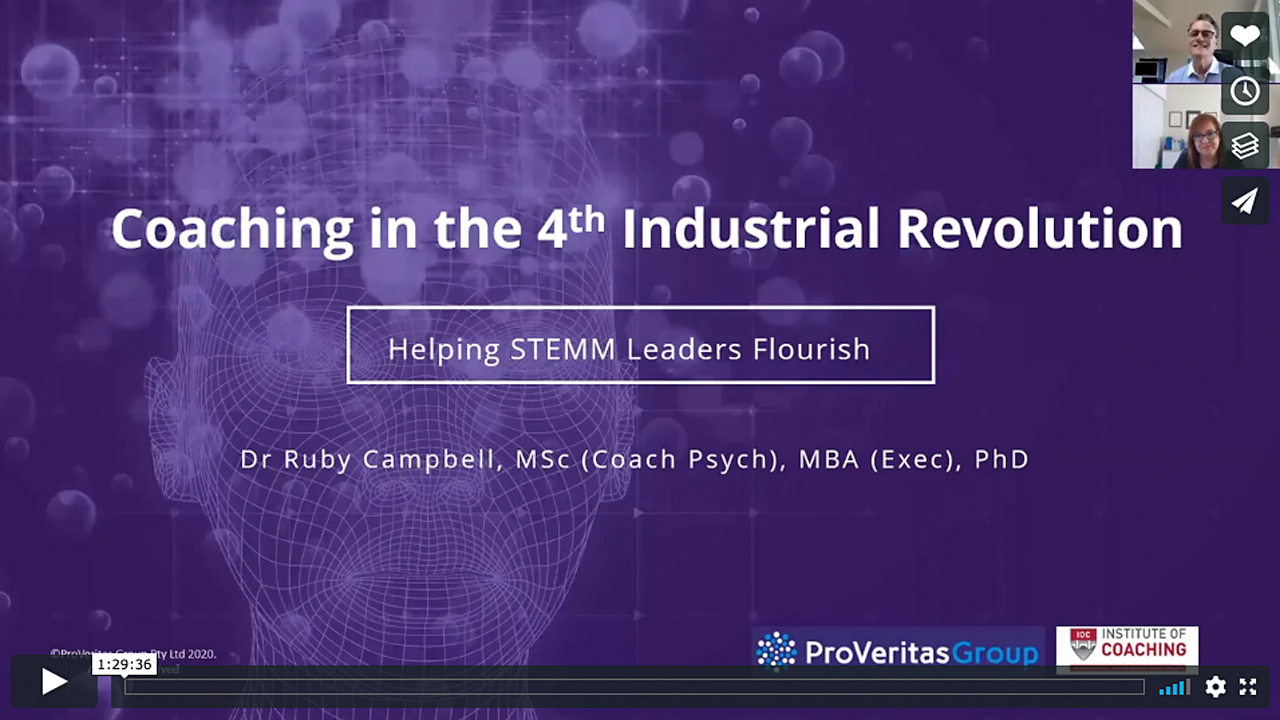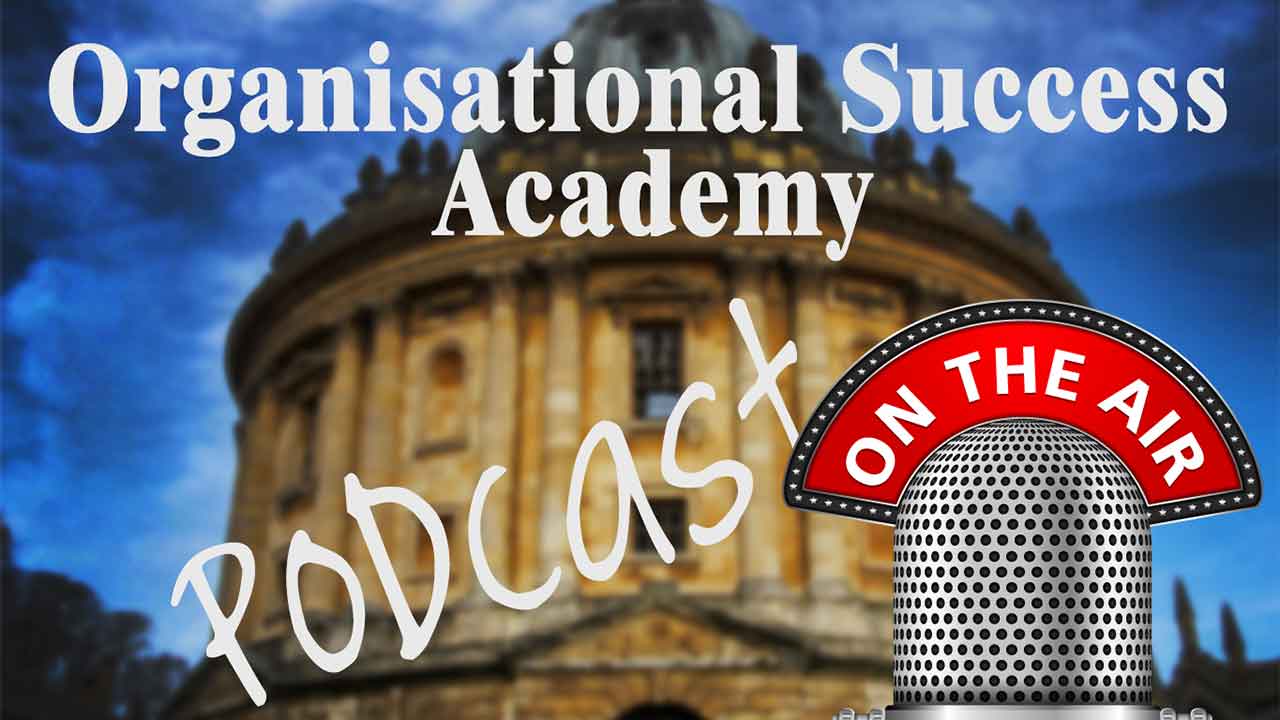Published: Aug 23, 2025
Written by: Dr Ruby Campbell

“Diversity is being invited to the party. Inclusion is being asked to dance. Belonging is being able to choose the music.” – Verna Myers
At an international climate modelling workshop, I was invited to facilitate the team process. The group included brilliant scientists, engineers and policy advisors, each carrying deep expertise. The room buzzed with urgency; the task was to refine models that would inform national adaptation strategies.
As often happens in group settings, the loudest voices began to dominate. Ideas and counter ideas moved quickly, and the tempo of debate was fast. Yet one participant remained quiet, deeply engaged, sketching in a notebook and tracking the conversation without stepping in. For clarity, I use "they" here as a gender neutral pronoun, a way of honouring privacy while keeping the focus on their contribution.
Hours passed before they spoke. When they finally did, they shared an observation no one else had seen: a pattern that connected disparate data sets into a more coherent whole. The room fell silent. Slowly, heads nodded. Within minutes, the group shifted direction, adopting the new insight as the foundation for their work.
What struck me most was not only the brilliance of the idea, but how close we had come to missing it. Had the space not been held long enough, had there not been room for a slower rhythm of thinking, that contribution might have remained unspoken.
This experience reminded me of what is at stake when we talk about belonging. Belonging is not simply about equal airtime. It is about creating conditions where different ways of thinking and processing have a genuine pathway into the room. And in STEMM, where the challenges of planetary health are urgent and complex, those differences can change the course of decisions that affect us all.
In my book Scientists in Every Boardroom: Harnessing the Power of STEMM Leaders in an Irrational World, I explored how cognitive diversity strengthens leadership teams and why STEMM professionals must be at decision making tables. Cognitive diversity refers to the differences in how individuals perceive, encode, process and integrate information when solving problems or making decisions. It includes variation in analytical reasoning, pattern recognition, creativity, and approaches to uncertainty and complexity.
Research shows that the most effective teams are those that combine cognitive diversity with psychological safety, the shared belief that it is safe to take interpersonal risks, ask questions, admit mistakes and offer novel ideas (Edmondson, 2019). When both are present, teams generate more accurate decisions, adapt more quickly, and unlock innovation that no single perspective could achieve alone
Then I read Ludmila Praslova’s The Canary Code: A Guide to Neurodiversity, Dignity and Intersectional Belonging and quickly recognised a crucial layer that had been missing in Scientists in Every Boardroom. While I had explored the importance of cognitive diversity in leadership teams, Praslova makes visible the systemic exclusion of neurological diversity (autism, ADHD, dyslexia and other ways of processing) and the profound cost of leaving this talent untapped. To be clear, not all STEMM professionals are neurodivergent. On the other hand, many are. What matters is that environments are designed for dignity, fairness and inclusion, because when they are, every individual has the chance to contribute fully, and society as a whole benefits.
This is not a small issue. Globally, an estimated 15–20% of the population is neurodivergent (Austin & Pisano, 2017; Doyle, 2020). In engineering and technology fields, surveys suggest that nearly one in five professionals identify as definitely or possibly neurodivergent (IET, 2022). Yet employment rates tell a different story: in the UK, only 31% of autistic adults are employed (National Autistic Society, 2022), while in the United States, up to 85% of autistic adults are unemployed (U.S. Department of Labor, 2023)
The high rates of unemployment and under employment among neurodivergent professionals are not the result of a lack of ability. These individuals often have exceptional skills and insights. The problem lies in the way most workplaces are designed. Many environments reward speed of speech over depth of thought, favour quick decisions over careful analysis, and rely on unspoken social rules that are difficult to navigate. Such conditions make it harder for neurodivergent professionals to participate fully, even when their contributions are exactly what is most needed.
The loss is significant. When organisations fail to include neurodivergent talent, they miss out on unique strengths such as advanced pattern recognition, systems thinking, long term foresight and unconventional problem solving. These are precisely the capacities we need to accelerate regenerative energy transitions, build resilient health systems and design policies that protect planetary wellbeing.
Praslova names six principles that help cultures become more humane and more effective: participation, outcome focus, flexibility, organisational justice, transparency and valid measurement. These principles resonate strongly with science. When people experience clarity and fairness, their nervous systems settle. Safety cues free up attention and creativity. Stress and constant task switching do the opposite, shutting down executive function and eroding learning.
What makes The Canary Code so significant is not only the practical guidance it offers but the way it redefines the very idea of neurodiversity. Rather than treating neurological difference as a challenge to be managed, Praslova frames it as an essential dimension of human variation - one that organisations and societies cannot thrive without. The book positions neurodiversity at the centre of conversations about dignity, justice and belonging. In doing so, it moves us beyond accommodation and token gestures into a deeper redesign of the environments where we work, learn and make decisions
In plain terms, the Canary Code gives us the architecture for belonging. It shows leaders what to build: systems and cultures where different ways of thinking are not sidelined but actively valued, where fairness and flexibility are embedded into daily practice, and where participation is broadened so that talent is not lost at the margins. This matters because the complexity of today’s challenges, from climate change to global health, requires insight from every corner of human intelligence. If we only build from the majority’s perspective, we cut ourselves off from the very capacities we need to survive and flourish.
And yet, knowing what to build is not the same as knowing how to bring it alive. That is where the Inner Development Goals (IDGs) become critical.
Structures and policies can set the frame, but it is people who create culture.
This is why the Inner Development Goals (IDGs) matter so much. The IDGs bring together decades of global, evidence based research into a coherent framework for today’s pressing leadership needs. They are perhaps the most comprehensively researched undertaking in leadership theory and practice to date, synthesising insights from psychology, neuroscience, adult development and organisational learning.
The IDGs identify the inner qualities that allow systemic change to take root: openness, self awareness, perspective taking, humility, compassion, an inclusive mindset and courage. These are not abstract virtues. They are developable inner capacities that can be strengthened through deliberate practice, reflection and supportive environments. Over time, these practices reshape how leaders see themselves, how they relate to others, and how they engage with complexity.
Without such capacities, even the best designed systems remain fragile. With them, cultures become vessels where belonging and creativity can flourish.
Seen together, the Canary Code and the IDGs are interwoven threads. One illuminates the systemic principles that must shape our organisations for neurological belonging. The other prepares us to lead and live those principles with steadiness and integrity.
Picture a monthly meeting of a dispersed interdisciplinary team via Zoom
We begin with a short arrival pause. Cameras optional. Captions on. We name today’s purpose and the few outcomes we care about. People can contribute by voice, chat or the shared notes. A colleague is watching the chat and brings those ideas into the room.
We move at a thoughtful pace. When the energy speeds up, we slow the flow and check if anything needs to be clarified. We invite round robin when it helps. We welcome silence as part of thinking. We do a short stretch at the half way mark.
At the end, we name what we decided, who holds what, and what remains open. We send a short written summary so the meeting does not live only in the air. People can add thoughts after they have had time to process.
This is not a rigid script. It is a way of hosting. The quality of the meeting emerges from inner capacities like presence and perspective taking, combined with simple structures that make it safe to contribute. Together they turn a routine meeting into a space where insight can appear and be heard.
When leaders design with clarity, fairness and flexibility, people think more clearly and respond more creatively. Neurodivergent professionals often notice patterns others miss and hold long term perspectives that keep us oriented. When we honour these gifts, the whole system becomes more adaptive and more capable of meeting the polycrisis we face.
At ProVeritas Leadership our work is to support STEMM leaders who want to build cultures that are inclusive, resilient and sustainable. We see the Canary Code and the IDGs as partners in this work. The Code names the principles. The IDGs grow the people who can live them.
We have created a Guide for Facilitating Inclusive Virtual Meetings to help you start now. It offers simple practices that welcome different ways of thinking and relating, and it can be adapted to your context.
When we practice the inner work and the systemic design together, we move beyond accommodation into genuine belonging. That is how diversity becomes a strength in service of planetary health.
Austin, R. D., & Pisano, G. P. (2017). Neurodiversity as a competitive advantage. Harvard Business Review, 95(3), 96–103.
Campbell, R. (2019). Scientists in Every Boardroom: Harnessing the Power of STEMM Leaders in an Irrational World. Michael Hanrahan Publishing / ProVeritas Group.
Doyle, N. (2020). Neurodiversity at work: A biopsychosocial model and the impact on working adults. British Medical Bulletin, 135(1), 108–125. https://doi.org/10.1093/bmb/ldaa021
Edmondson, A. (2019). The fearless organization: Creating psychological safety in the workplace for learning, innovation, and growth. John Wiley & Sons.
Institution of Engineering and Technology. (2022). Neurodiversity in engineering and technology survey report. The IET.
National Autistic Society. (2022). Employment report 2022: Autistic people and work. https://www.autism.org.uk
Praslova, L. N. (2023). The Canary Code: A guide to neurodiversity, dignity and intersectional belonging at work. Berrett Koehler Publishers.
U.S. Department of Labor. (2023). Employment status of people with a disability: 2022. https://www.bls.gov
OUR KEY leadership coaching solutions
Emotional Intelligence, visioning, sense-making, inventing and other essential leadership capabilities.
Evidence-based, customised L&D solutions to equip 21st Century leaders achieve business outcomes sustainably.
Helping teams function as more than “the sum of its parts” by learning how to connect and collaborate effectively.
Helping organisations understand, develop and action evidence-based ESG strategies with humanity in mind.
Executive Leadership Media & Podcasts

Podcast: Ruby Campbell’s SCIENCE Coaching Model - Episode 20
LISTEN NOW HERE

Webinar: Dr Ruby Campbell with the IOC McClean Hospital/Harvard Medical School Affiliate on 'Coaching in the 4th Industrial Revolution'. Leadership Coaching has become one of the most effective Learning &...
VIEW VIDEO HERE

Podcast: In this episode from The Oxford Review Podcast, an interview from Dr Ruby Campbell, author of Scientists in Every Boardroom: Harnessing the power of STEMM leaders in an irrational...
LISTEN NOW HERE
Dr Ruby Campbell is the founder and Managing Director of ProVeritas Leadership, and Executive Coaching and Consulting firm. She is also the author of the ground-breaking book Scientists in Every Boardroom: Harnessing the Power of STEMM Leaders in an Irrational World.
MORE ABOUT OUR TEAM
Please complete the enquiry form so we can help you with your growth journey. You will receive an email from us within 24 hours.